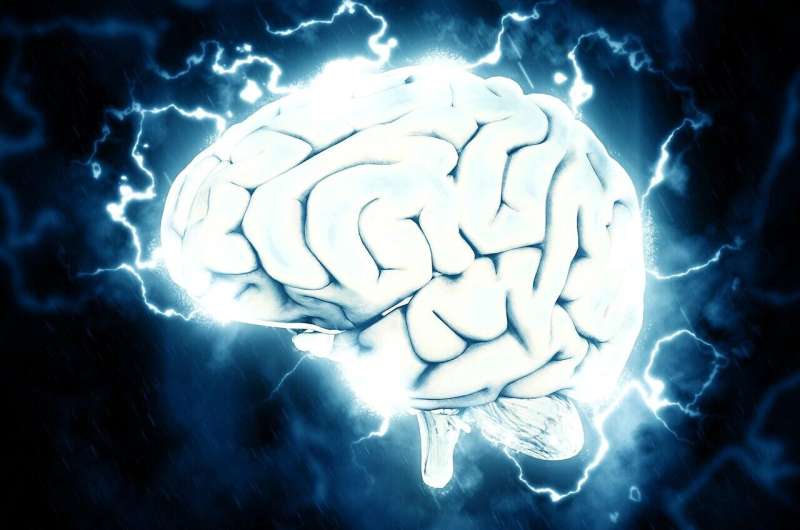Credit: CC0 Public Domain
When observing an old person picking up a box and a young person picking up a comparable box, it is easy to distinguish the difference in strength, flexibility and confidence of the two people. The brain region responsible for such higher perceptual abilities was thought to be the cerebral cortex, the outer layer of the brain. However, a study done by the Netherlands Institute for Neuroscience shows the cortex gets help from another region, namely, the cerebellum, or small brain, an area involved in movement. This discovery can help understand the consequences of damage to the small brain, since it causes not only motoric impairment, but also altered social cognition. The study was published today in Brain.
The small brain, also known as the cerebellum, is located at the backside of the brain, and is mainly involved in fine tuning and co-ordination of movements. For a long time, it was assumed that the cerebellum only smooths out body movements. "Our study provides the evidence that this belief is wrong—the cerebellum is smarter than we think," says Dr. Valeria Gazzola, group leader at the Netherlands Institute for Neuroscience (NIN) and associate professor at the University of Amsterdam.
Using neuroimaging, the researchers of the NIN identified which parts of the brain are activated when people watch the actions of others. This activated the known cortical regions, but surprisingly, the results also systematically showed activity in the cerebellum. "This area was supposed to be only involved in controlling the participants' own actions," says Ritu Bhandari, a postdoctoral researcher at the NIN.
Malfunctioning cerebellums
In collaboration with the Erasmus MC, the researchers further investigated the perceptual abilities of the cerebellum. For this, they recruited patients that suffer from SCA6, a disease that affects the cerebellum. The watched a video of a hand lifting a black box, and they had to judge how heavy the box might be. They found that the patients were not good at doing this. "They found it hard to transform small differences in how the hand moves into a perception of effort and weight," said Abdel Abdelgabar, a Ph.D. student at the NIN.
A bicycle chain
These findings clearly show the importance of a functioning cerebellum in social cognition. However, this doesn't mean that the area alone perceives other people. "If you remove the chain of your bicycle, it will no longer move forward. But that doesn't mean it was the chain alone that drove the bike," explains Valeria Gazzola. "What it does show is that the cerebellum is a critical part of a cognitive system—a part we had neglected for too long. And we must realize that problems with the cerebellum will most likely impair aspects of social cognition, and that this requires support and patience," she concludes.
Journal information: Brain
Provided by Netherlands Institute for Neuroscience























